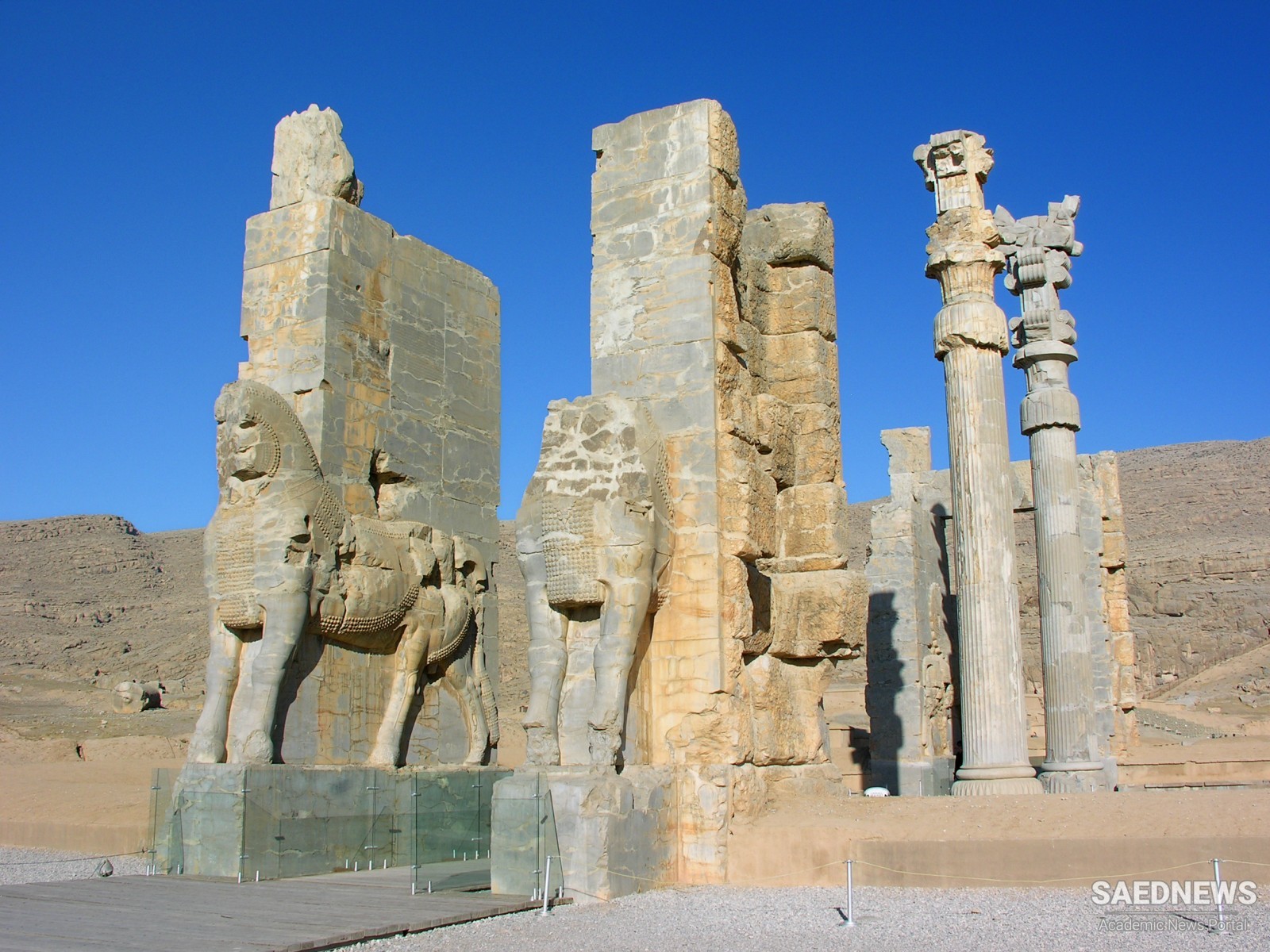In prehistoric times and in the first recorded periods of man's occupation in Iran, i.e. the Neolithic and Bronze ages, the settled areas appear to have been much more extensive than they are now. Stein has noted that Luristan, which has for centuries been given over to the migrations of the semi-nomadic Lurs, was permanently settled during the two thousand years immediately prior to the Christian era; yet since that time there seems to have been no perceptible variation in the boundaries of cultivable or irrigable land. Bobek, who has examined the data of prehistoric settlement in the light of regional differences in climate and vegetation, has arrived at similar conclusions and confirmed that in many parts of the country, even including some semi-desert areas, settlement was once far more extensive than it is today.
There is indeed abundant evidence pointing to a decline in the settled way of life—a decline continuing in comparatively recent periods as well as in the distant past. Frequently one comes across traces of former cultivation, now discontinued. The prevalence of certain weeds, such as Pblomis persica, over large areas of the Zagros mountains between 1,500 and 2,000 m above sea-level strongly suggests that cultivation was once practised there. A study of the technicalities of the black tent (certain forms of which, especially those in Baluchistan, seem to have derived directly from the arched huts of semi-nomadic peasants) leads one to conclude that full and warlike nomadism developed out of a period of limited semi-nomadism.1 Everywhere there is evidence of such changes.
It is much more difficult to date these transformations. Apart from anything else, they probably took place more than once. Bobek is inclined to think that the principal episode was the Verreiterung: the development of warlike nomadism that is known to have taken place mainly in the second half of the second millennium B.C. And indeed the sparse information we have regarding the location of nomads and settled folk in the Achaemenid period tends to suggest that the nomads were restricted to a much smaller area than they occupy today; The account left to us by Herodotus shows that true nomads were relatively few in number. In the army of Xerxes they made up merely one tenth of the cavalry; and their principal tribe, the Sargatians (the only tribe of any real significance in the army), came predominantly from the desert of south-east Iran—which should have been their true home; for all that elements of the same tribe are known to have existed in the Zagros mountains.
The other tribes, the Mardeans, Dropitians, and Dahans, were backward peoples, referred to disparagingly as barbarians, rogues, and wretches. The Mardeans are described as impure, hairy creatures of disgusting habits; they lived exclusively on the flesh of their herds and of animals they slew in the chase, and they sheltered in the depths of caverns.5 These remnant peoples lived in widely scattered areas, particularly around the Caspian Sea, and appear to have been on the fringes of Iranian society, rather like the " tribes " of present day India. This marginal character and the fact that the same essentially pejorative epithets could be applied to several quite unrelated groups are sufficient explanation of a ubiquity which certain writers have erroneously ascribed to complicated movements of population.


 Ancient Persia and Historical Developments of Early Fourth Century B.C.
Ancient Persia and Historical Developments of Early Fourth Century B.C.














































